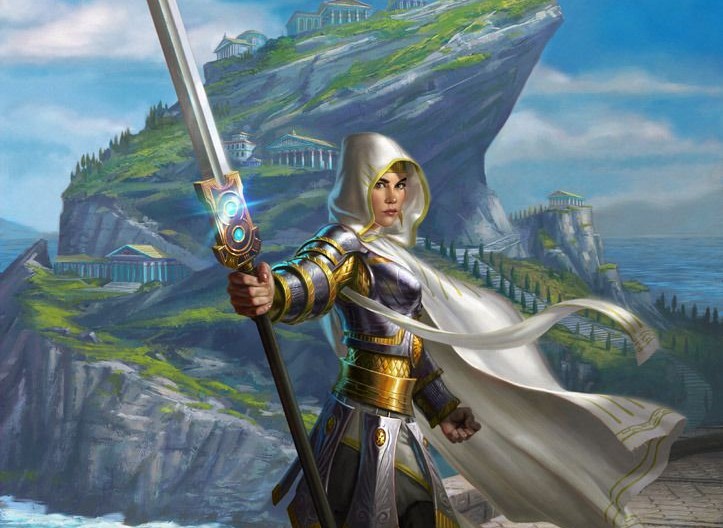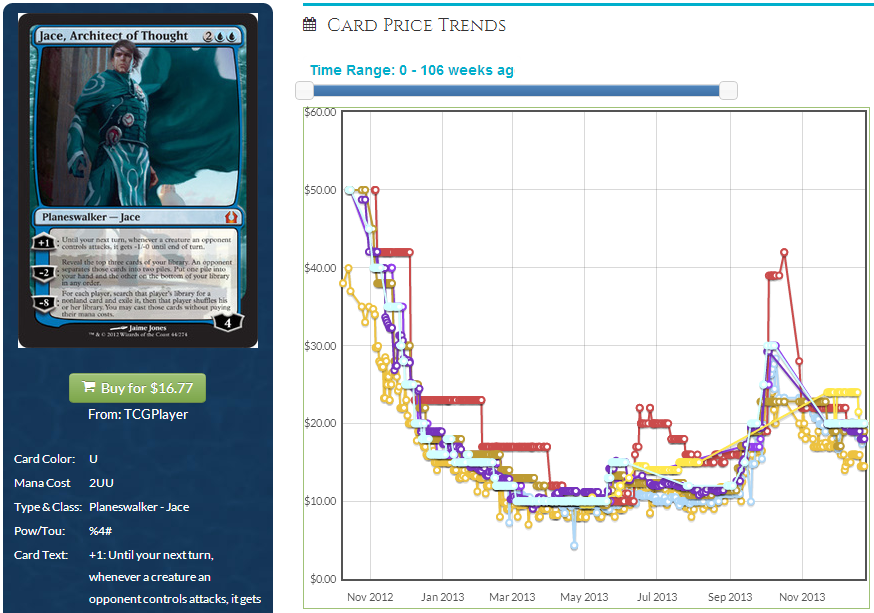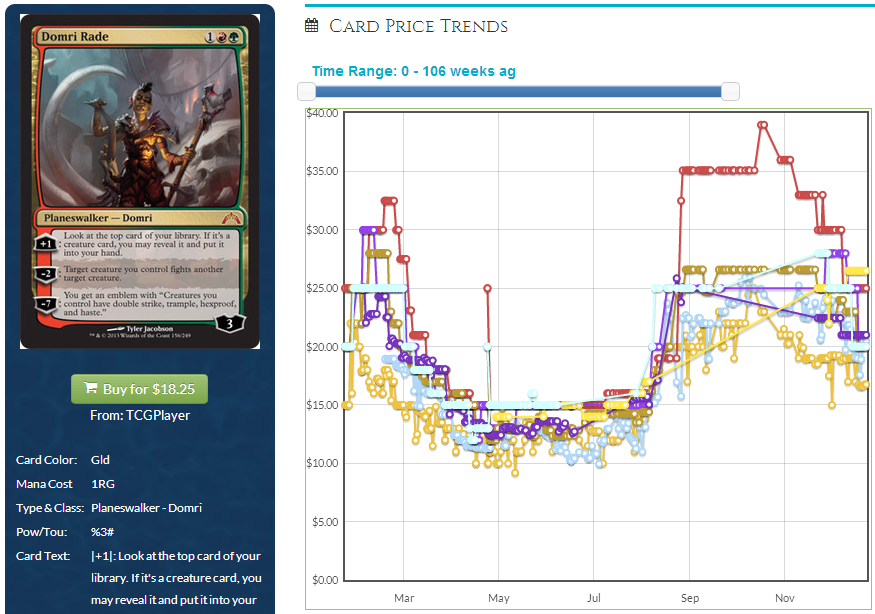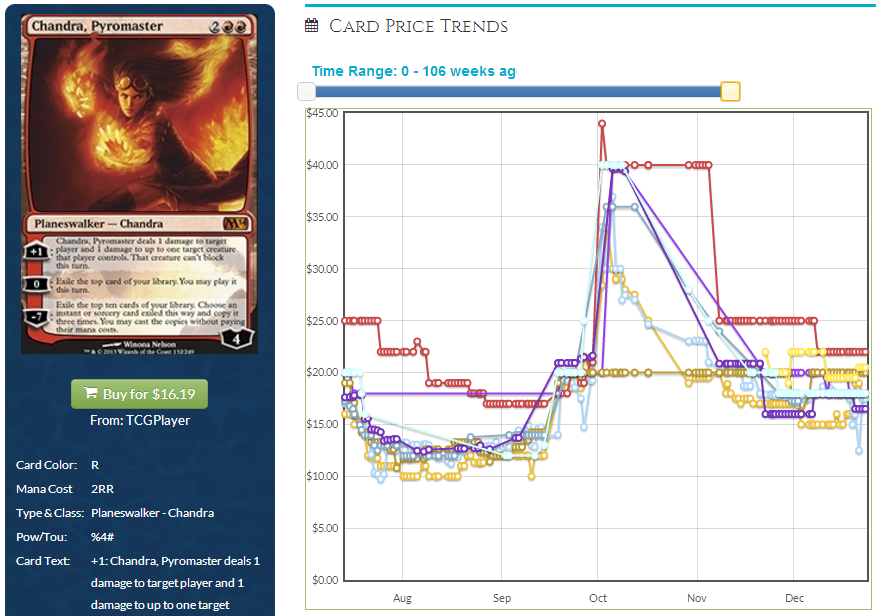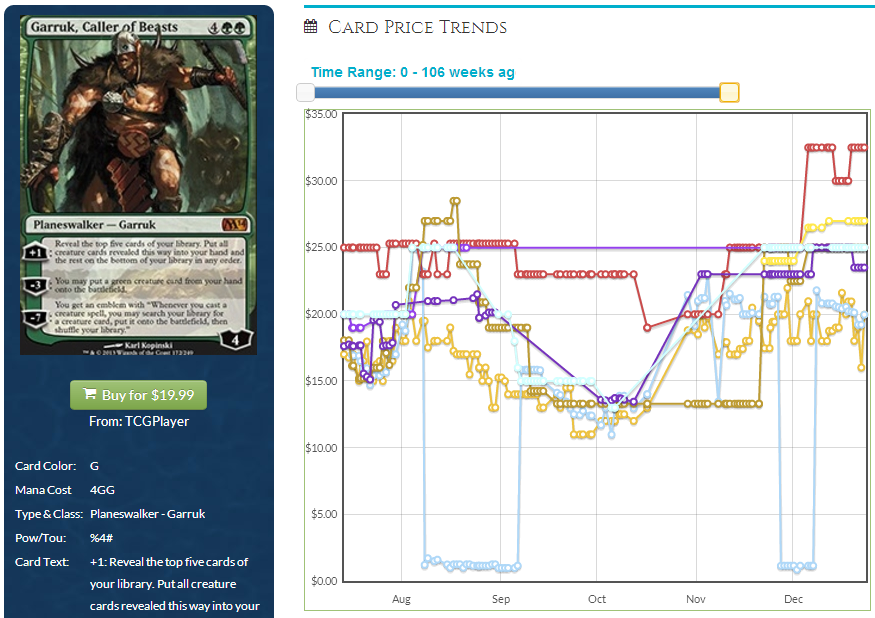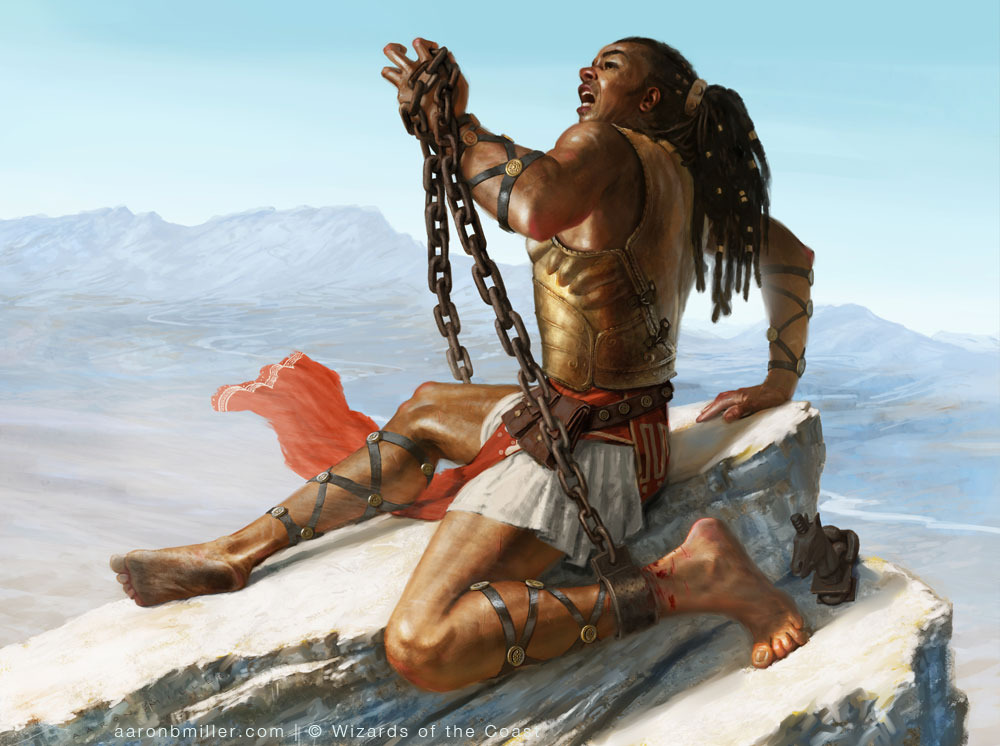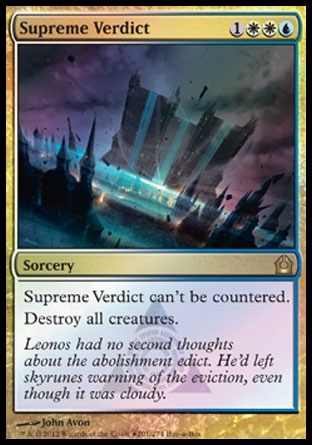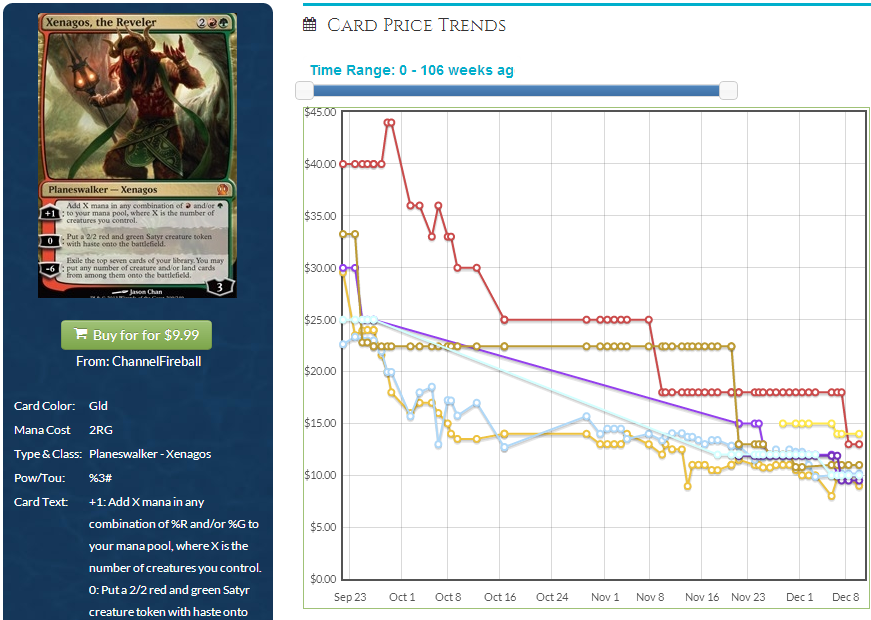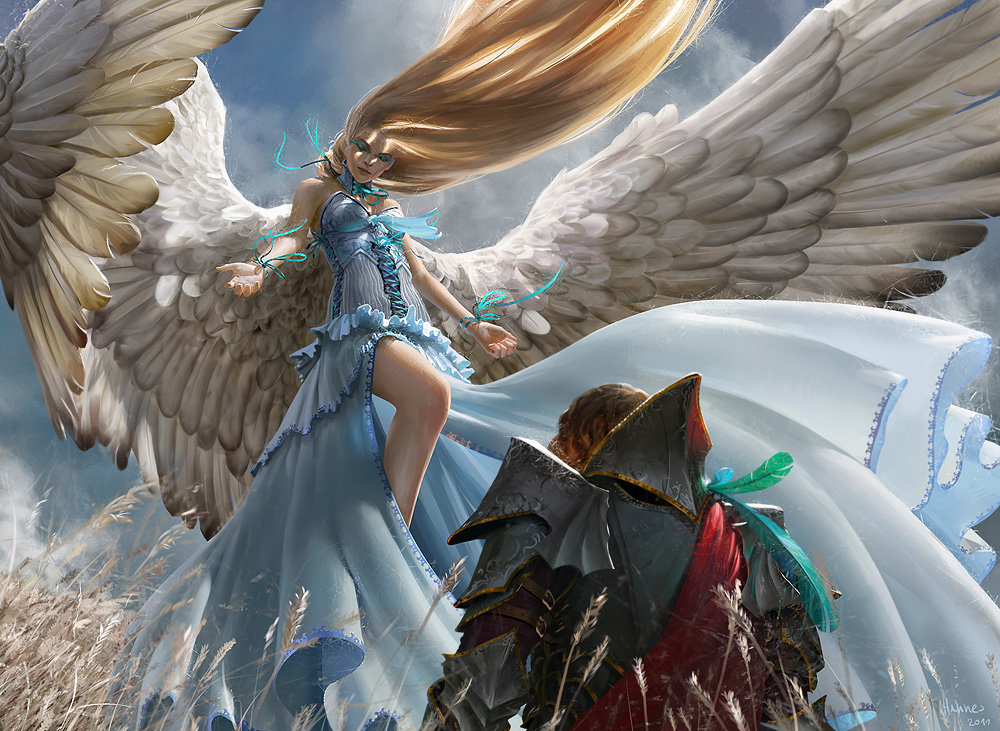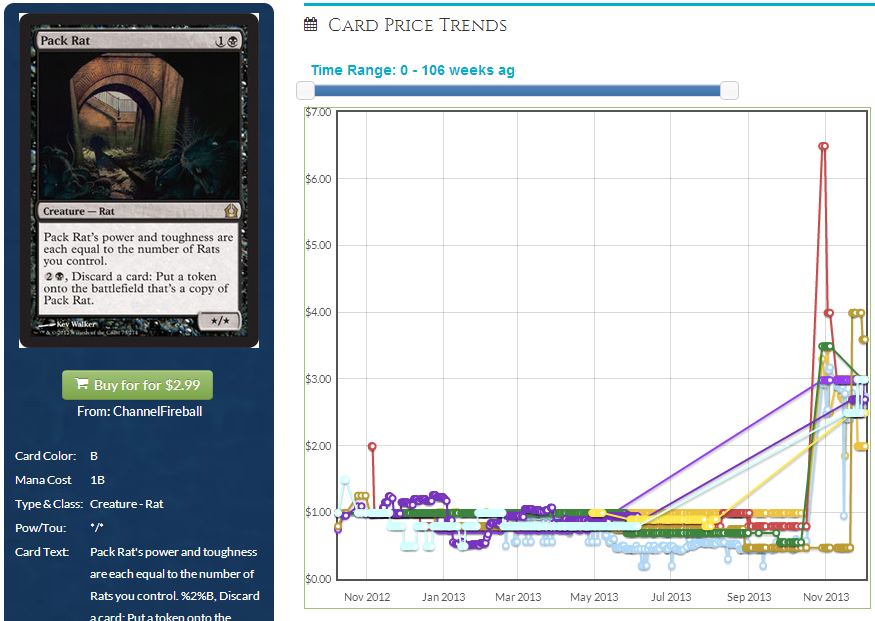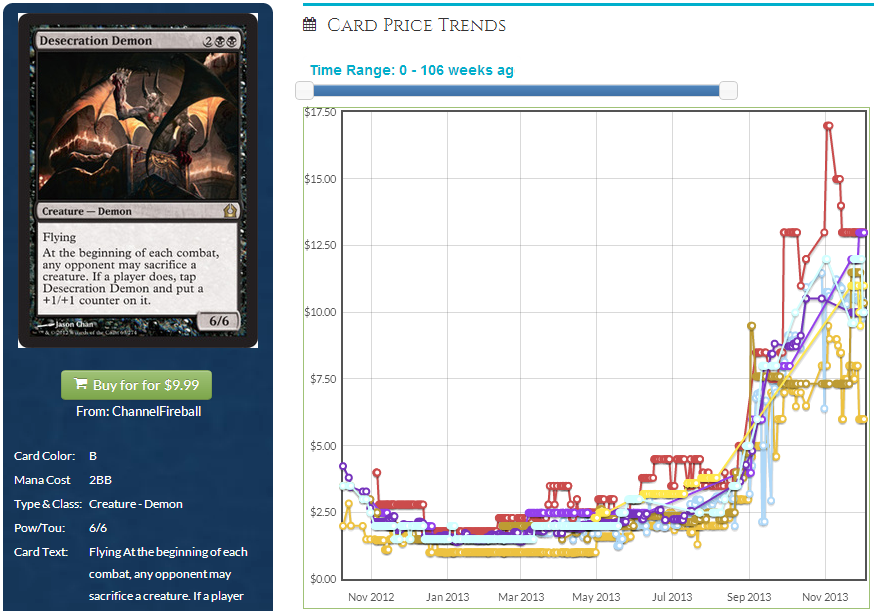By: Travis Allen
As 2013 winds down, it marks the end of the first year I’ve been operating as a “professional” Magic financier, and by “professional” I mean “for some reason someone pays me to talk about it.” I’ve been doing it in an ever-increasing capacity for about four years now, with being hired by MTGPrice being my foray into the public domain. I’ve really enjoyed the entire experience so far. Being given the platform to write and speak about a topic that engages you during your most valuable of resources, free time, is incredibly rewarding. Finding an activity in your life in which you feel emotionally rewarded is a requirement for a sense of self-actualization, something many of us will seek and few will find during our lifetimes. For me, getting to write and talk about Magic is a step down that path.

But for all I’ve gotten out of this field, both monetarily and mentally, I’m still just an apprentice. For each thing I do well, there are several things I do poorly, or even worse, I don’t do at all. Self-awareness and self-criticism is difficult and occasionally painful, but I feel it necessary that each of us is able to confront ourselves and own up to our mistakes and weaknesses. Being able to look back at your body of work and say “this is what I could have done better” leaves you open to critique and ridicule, some of it well deserved. Not all want to face that. In order to improve though, one must be able to accept these faults, admit them, and work to better themselves. At the very least, if you’ve made these shortcomings public then others can take you to task for a failure to do anything about them. A fear of public shaming may not be the most noble motivation, but its power to drive us to action is inarguable.
I have two hopes for this exercise. First, whether through inner motivation or public accountability, I hope to become a better trader, writer, and speculator. This will in turn give me the knowledge necessary to provide more valuable and helpful information to all of you down the road. My second goal is that through my own process of admittance, some of you will be able to recognize similar traits in yourselves. Perhaps your confidence level will rise upon seeing another underperform in the same way you do, or maybe you’ll find a way to improve you weren’t even aware of before. Either way, the end result is ideally the same: Everyone is better off. With that said, let’s see some of the ways I suck.
Pay More Attention
This is probably one of my more egregious errors. I write for MTGPrice.com, a website whose front page is a list of cards that have seen price movement in the last 24 and 168 hours. Yet it’s rare that I actually bother to check each morning when I wake up to see what has been active. You would think I would make an effort to look at the website who is kind enough to host my articles each week. There’s a lot of valuable information nested in those gain and lost lists if you’re willing to check them on a daily basis. Cursecatcher has jumped nearly $6 in the last two months, and if I had been paying attention, I could have seen the rise start, talked to others about it, and ultimately made a purchase. Instead, I read about it on Twitter after it was already over $7 and too late.
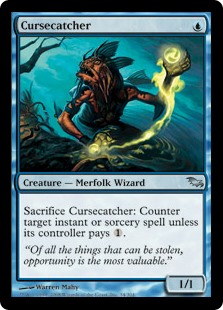
If you don’t do your homework, you can’t make money riding price waves. Reading about cards in articles is often too late unless it’s purely a spec call, and even Twitter often only gives you a window of a few hours. Sometimes you don’t even get that luxury, as the only people who saw the card rising kept their mouths shut so they could capitalize. In order to catch cards before they jump, I need to be watching closely and be open to buying into types of cards I normally gloss over because I know less about them. That leads nicely into my next problem, which is that I need to
Knock it Off With Pet Cards
I think we probably all do this a little bit, but I’ve become very aware of doing it myself in the last few months. As a player, I have a real affinity for green. I’m not entirely sure why, as I tend to deviate towards combo rather than beatdown any time I have a constructed PTQ or GP. It’s probably just a combination of loving to put lands into play and cool looking creatures.
Whatever the reason, I find myself frequently gravitating towards green. When browsing trade binders, I always pay special attention to the green pages. A disproportionate number of the cards in my spec box have green mana symbols somewhere. I’m more likely to pay attention to your case for a card if it’s green.
There’s nothing inherently wrong with preferring one color over another, but when that personal bias seeps into your business practices enough to result in potentially negative influences, you need to take stock. I’m more likely to make bad purchases (Vorel of the Hull Clade?) if they’re green, and less likely to buy into good opportunities if they aren’t. This bias will cost me money in two different directions. If I’m going to improve, I need to be willing to move on not just Simic cards, but Rakdos, Boros or Izzet as well.
Do More Research
Several months ago I read Nate Silver’s “The Signal and the Noise” and found the book quite interesting. (It was an excellent read, and if you enjoy the MTG market, you’re sure to find the material intriguing and relevant. I’ll be covering it more in a future article.) One thing that struck me about his baseball statistics breakthrough was that the information had been there for quite some time, available for anyone, but it wasn’t until someone really dove in and applied fundamentally good math that real knowledge became available. The information was just sitting there – how come nobody was capitalizing on it?
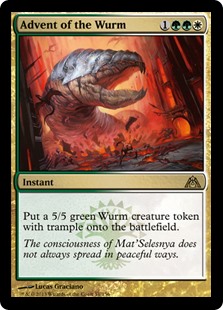
I find myself in the “not doing anything with it” camp more often than I’d like. I bought a bunch of Advent of the Wurm, and someone almost immediately informed on Twitter that it was in an event deck, which would surely suppress it’s price. (Hey look, there’s that green bias.) Oh. Whoops. If I had taken two seconds to look that up, I probably wouldn’t have bitten that particular bullet. If I spent some time doing price history analysis, looking for past behavior of similar cards, and digging in to buylist spreads, I’d definitely be further ahead than I am now. Instead, half the time I have reason to consider a card, I look up the price on a few websites, think about it for a few minutes (seconds), then make a decision. Hardly the most informed approach.
Take My Own Advice
At some point in the past, I believe I mentioned on Twitter that people should really be grabbing Mutavault, because it was $12 and highly likely to climb. Even if I didn’t say it out loud, I know for a fact I was thinking it. But I kept putting it off and putting it off, and here we are now, with Mutavault at $26 and I have a whopping three copies. I’ve felt similarly about Domri around the same price point, yet failed to purchase any myself, again missing the boat.

It’s possible that some amount of this is only seeing the calls I missed, and not the calls I connected on. Perhaps, perhaps. However, I seem to recall without any real doubt that both Mutavault and Domri would rise in price. There was basically no way they couldn’t. I think I hesitated to make the move because the price of entry was higher than I’m comfortable with. I’m completely ok buying into my hunches when the cards cost $.30, but much less so when they’re $12, even if the $12 card is a far better bet. In the future, I need to be more willing to make commitments to calls I’m sure of with less worry about the cost. If I’m that sure the card will rise, then the initial expense shouldn’t matter because I’ll come out ahead regardless.
This is only a few of my shortcomings when it comes to buying and selling Magic cards. There are definitely plenty of others, but I’m not sure my fragile ego can handle much more for now. In the meantime, I’m going to focus on improving this small selection. I encourage all of you to consider similar reflection.
